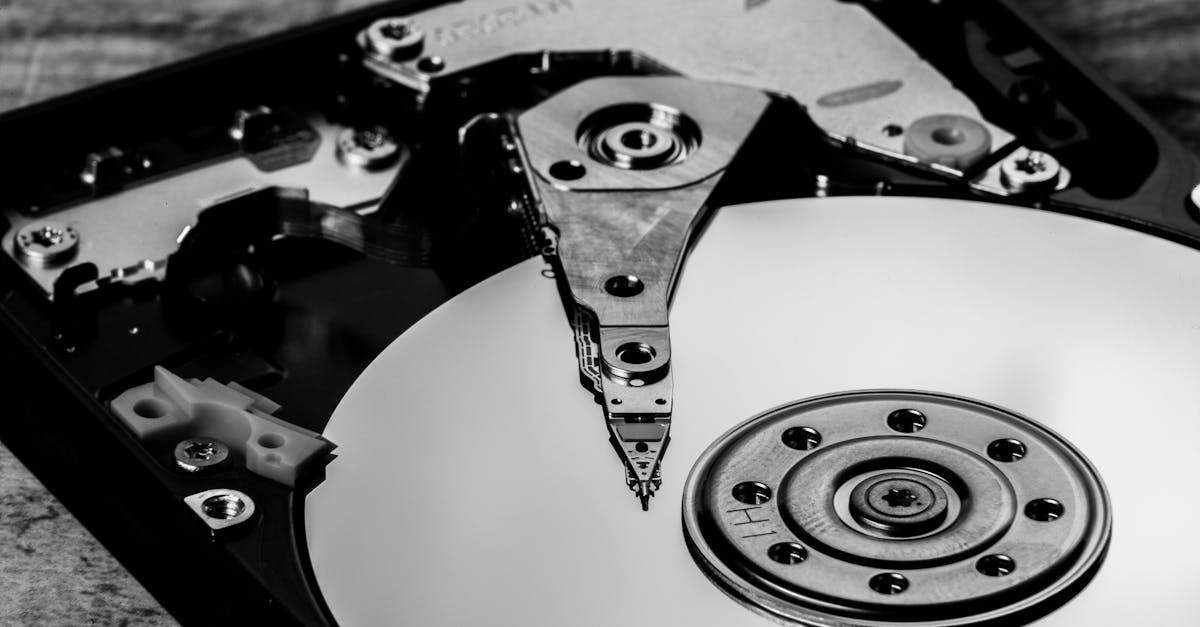How Edge Computing Transforms IT
Introduction
Edge Computing is revolutionizing the information technology landscape, drawing a significant shift in data processing methodologies. As businesses demand faster data insights, the decentralization of computing processes grows crucial. Coupled with ongoing tech innovation, the integration of edge computing echoes a paradigm shift in IT strategies.
Advertisement
Changing IT Trends
The rise of edge computing marks a definitive change in IT trends, diverging away from traditional centralized models. By processing data closer to its source, edge computing minimizes latency issues, allowing for real-time decision-making. As technologies evolve, this trend continues to shape IT priorities, emphasizing speed and efficiency.
Advertisement
The Role of Tech Innovation
Tech innovation drives edge computing advancements, encouraging the development of new applications and devices. With innovations like IoT and 5G, edge computing stands as the backbone for bringing complex systems to real-time operability. This innovation fuels competitive advantage in the tech industry, paving the way for novel solutions.
Advertisement
Decentralized Computing Advantages
Decentralized computing in the edge model reduces dependency on central data centers. Companies can now distribute their computing resources, enhancing redundancy and resilience. By decentralizing processes, businesses benefit from improved security, scalability, and performance, redefining their operational capacities.
Advertisement
Integration with Cloud Technology
Edge computing harmoniously integrates with cloud technology, optimizing data storage and analytics. This synergy balances data processing load between edge devices and centralized cloud systems, maximizing resource utility. As IT infrastructure trends lean towards hybrid solutions, edge-cloud integration becomes indispensable.
Advertisement
Future of IT Landscape
As edge computing continues to mature, it foretells the future of IT, setting new standards for processing and storage capacities. Emerging technologies further bolster this transformation, enhancing capabilities in industries from healthcare to automotive. The future of IT rests on leveraging edge computing to meet escalating data demands.
Advertisement
Impacts on IT Infrastructure
With the advent of edge computing, IT infrastructure sees profound adjustments to accommodate decentralized processes. Investment in sophisticated edge devices and connectivity solutions form the new backbone of IT systems. By redesigning infrastructure, businesses achieve optimized data flow, security, and elasticity.
Advertisement
Enhancing Data Processing
Edge computing significantly enhances data processing by delivering faster and localized insights. This shift enables businesses to handle vast amounts of data efficiently, responding instantly to real-time demands. Through edge computing, industries manage data at scale while avoiding bandwidth bottlenecks.
Advertisement
Adapting to Computing Trends
The evolution of computing trends emphasizes adaptability, a core strength of edge computing. By staying agile, organizations can swiftly adjust to technological changes, maintaining agility and relevance. Computing trends will continue to introduce innovations that challenge and invigorate IT landscapes globally.
Advertisement
Conclusion
Edge computing marks a transformative era in IT, redefining how businesses process and interact with data. By embracing decentralized computing, firms enhance their operational capabilities and prepare for future technological innovations. As the tech industry evolves, edge computing stands at the forefront, steering the next wave of IT evolution.
Advertisement







